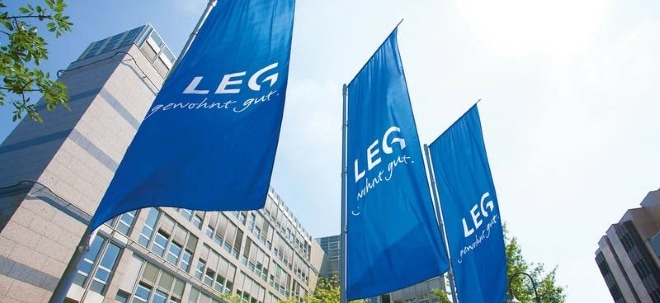Fujitsu, AMD to boost flash memory production
By Stephanie Miles
Staff Writer, CNET News.com
May 23, 2000, 8:50 a.m. PT
update Fujitsu and Advanced Micro Devices said today they plan to construct a plant to manufacture flash memory chips for increasingly popular devices such as cell phones and Internet appliances.
Flash memory is used to store data in some of the most popular consumer electronics products, including cell phones, digital cameras, handheld computers and MP3 music players. Booming demand for such devices has created shortages throughout the industry, with expectations that the low supplies will result in product delays, revised configurations and eventually higher prices.
• Get the "Big Picture"
• Related News
• Message Boards
Quote Snapshot
AMD 77.44 -3.06
Enter symbol:
· Symbol Lookup
Quotes delayed 20+ minutes
Fujitsu and AMD said the new plant, constructed through their joint venture Fujitsu AMD Semiconductor Ltd. (FASL), will be the third manufacturing plant at their existing production facility. Construction is scheduled to start in August and is expected to be completed by February 2001, the companies said.
The total investment from the two companies is around 140 billion yen ($1.3 billion).
AMD, known mainly for PC processors, has recently found flash memory to be one of its fastest growing businesses. The company yesterday sold its communications products division, partly to focus on flash memory, an AMD representative said.
The increased demand for consumer devices has reinvigorated the flash memory business, which had been a barely profitable venture. Soaring demand for the memory--along with increasing revenues--has translated almost directly into profit because manufacturing costs are relatively fixed, analysts say.
In 1999, 1.3 billion megabytes of flash memory left factories, roughly twice the 690 million megabytes produced in 1998, according to market research firm Dataquest. The FASL plant's production capacity is expected to be around 13 million 16MB chips per month, growing to 52 million 16MB chips per month in 2002.
Fujitsu cited statistics projecting that flash memory market is growing at 20 percent per year. Other research pegs sales climbing from $4.5 billion in 1999 to $10 billion this year, with manufacturers Fujitsu, AMD and Intel expected to take the majority of the market.
News.com's Michael Kanellos contributed to this report.
|


 Thread abonnieren
Thread abonnieren

